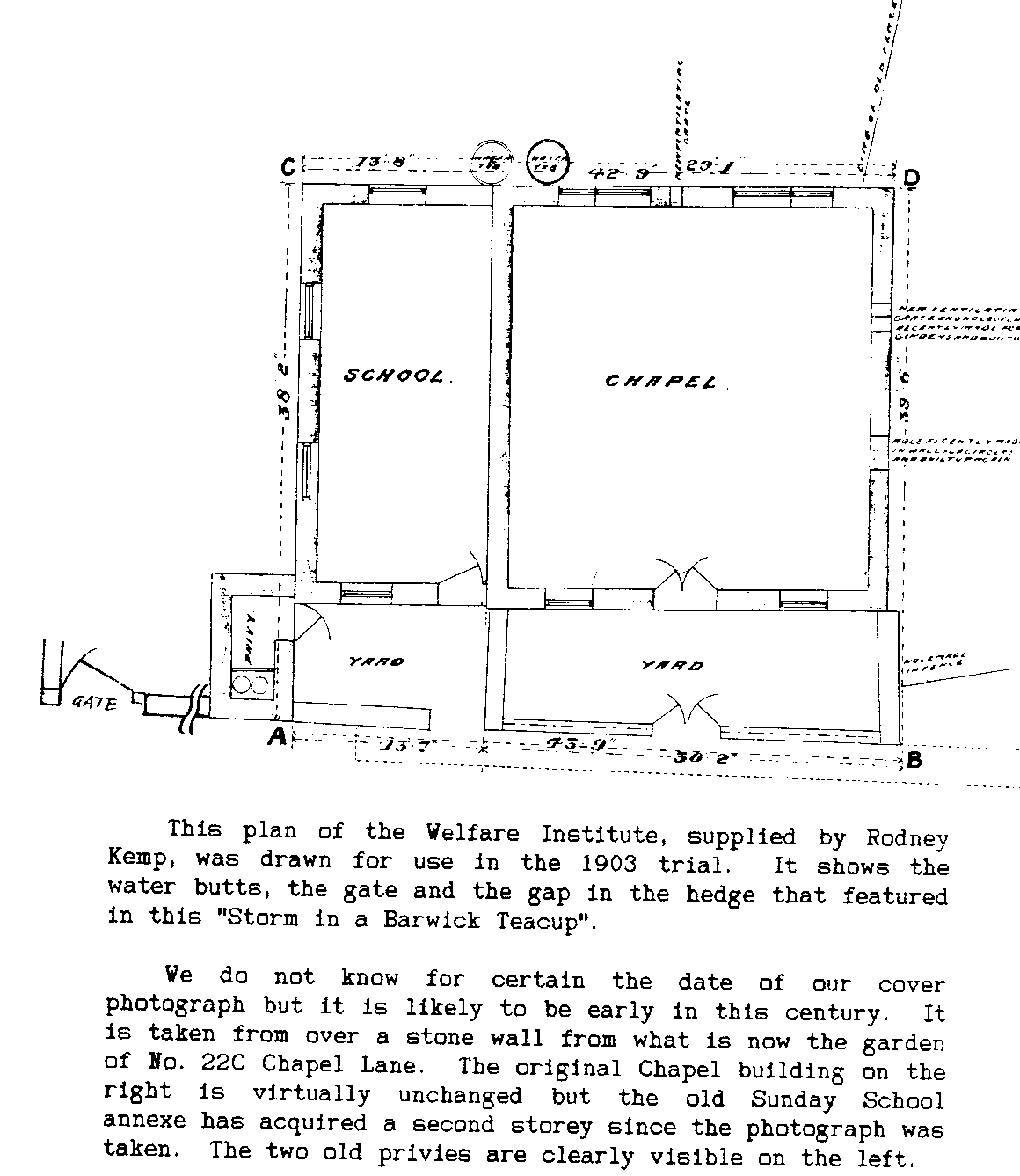| (l) For an injunction to restrain the Defendant, his servants,
agents, workmen or other people employed by him from entering upon
the land and property of the plaintiff, and from placing any old
bricks, building materials or anything else thereon. (2) Damages for unlawfully entering upon the Plaintiff's land. (3) Costs. |
